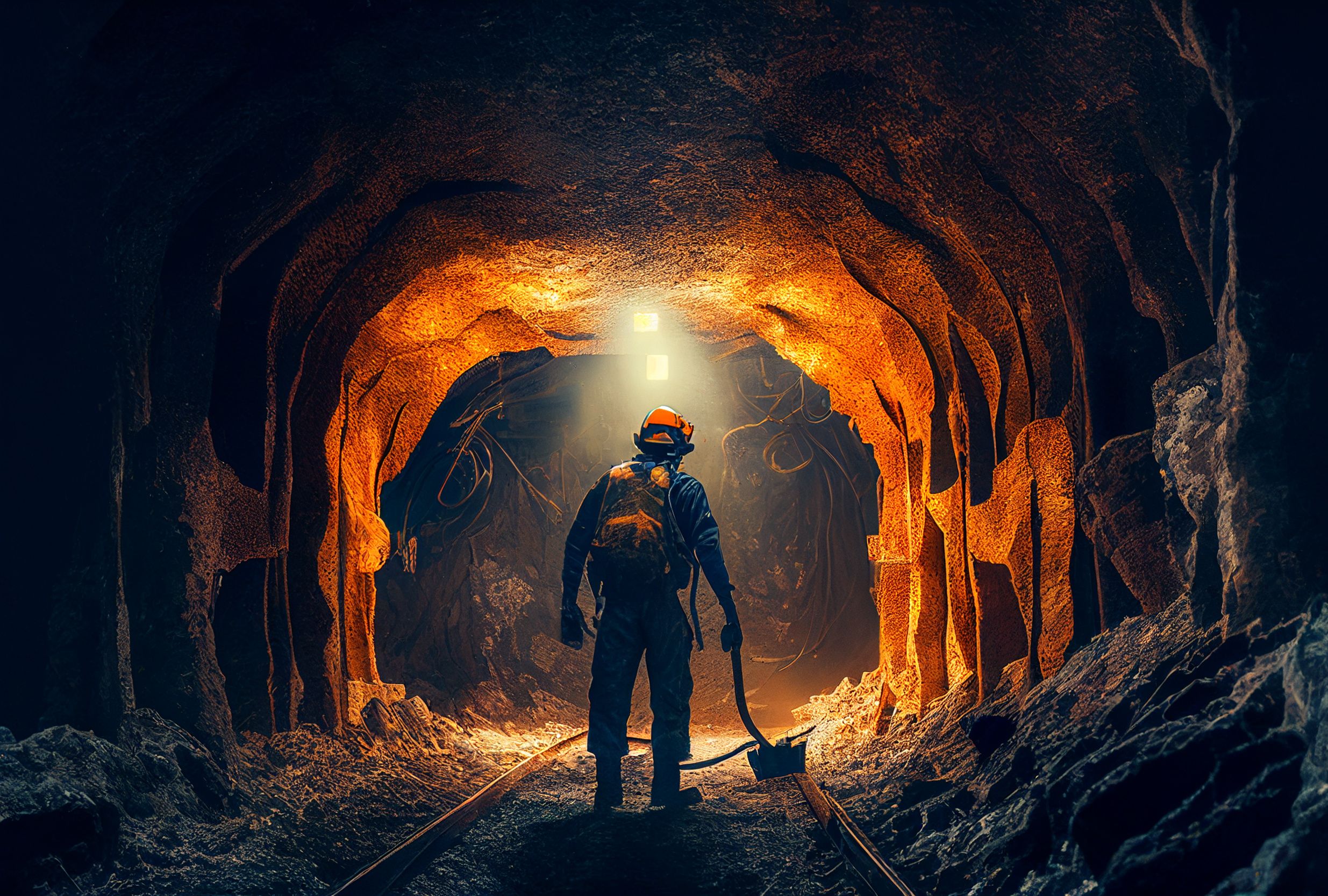Using ICP-MS to Study Mineral Composition in Ancient Copper Mines
A recent study used inductively coupled plasma–mass spectrometry (ICP-MS) to study the copper isotopic composition of ores of specimens excavated at three Copper and Early Bronze Age mining centers.
In a recent study article published in the Journal of Analytical Atomic Spectrometry, researchers studied three mining centers (four mines) in northwest Spain that were constructed during the Copper and Early Bronze Age (1) using multi-collector inductively coupled plasma–mass spectrometry (ICP-MS) (1). Scientists used ICP-MS to evaluate the copper (Cu) isotopic composition of Cu ores (1).
Underground mining. Coal mining in mine. Miner in underground mine on coal mining work. Mine workers on Underground hard-rock mining. AI Generative. Hard rock mine equipment and advanced technologies | Image Credit: © MaxSafaniuk - stock.adobe.com

Lead (Pb) isotopic analysis is regularly used in archaeometry, or the application of common scientific methods in archaeology. High-precision CU isotopic analysis has been suggested that it could serve as a complementary tool to Pb isotopic analysis (1). Cu-dominated minerals often contain Cu isotope variations because of the complex redox chemistry involved in their formation (1).
Understanding the isotopic composition of minerals from archaeological specimens is important for researchers and archaeologists because it helps them gain a deeper understanding of historical archaeological specimens and where they came from, which could help shed light on human history.
The results revealed that the δ65Cu data showed high variability for samples from within the same mines (1). There was also an important overlap of the ranges for the different mines. The authors noted that this variability was caused by the heterogeneity of the copper isotopic composition observed within a single sample from one mine divided into 13 different subsamples (1).
The researchers also obtained the δ65Cu values for the four mines they studied. They found that the δ65Cu values ranged within 4% of one another. These results were then compared to the previously published data. After comparing the data with what has been previously published on the subject, it was concluded that good there was an agreement between the ranges (1).
The researchers also compared the δ65Cu data in this study with 27 archaeological artifacts that were previously measured, all of which contained arsenical copper from the Copper Age or Early Bronze Age (1). Meaningful results were not obtained when the δ65Cu data was compared even though these artifacts were previously assigned to one of the mines the research team examined (1).
Reference
(1) Penanes, P. A.; Costas-Rodriguez, M.; Moldovan, M.; Garcia Alonso, J. I.; Vanhaecke, F. Limitations in using the Cu isotopic composition of minerals from ancient copper mines for archaeometric purposes – a case study. J. Anal. At. Spectrom. 2023, ASAP. DOI: 10.1039/D3JA00150D
Inside the Laboratory – The Petrochronology Group at University of California, Santa Barbara
January 29th 2024In this edition of “Inside the Laboratory,” John Cottle, PhD, a professor of geology at the University of California, Santa Barbara, and a member of Spectroscopy’s Editorial Advisory Board, discusses his group’s most recent work using “laser ablation split steam” analysis to measure elemental concentrations and isotopic ratios in rocks and minerals.